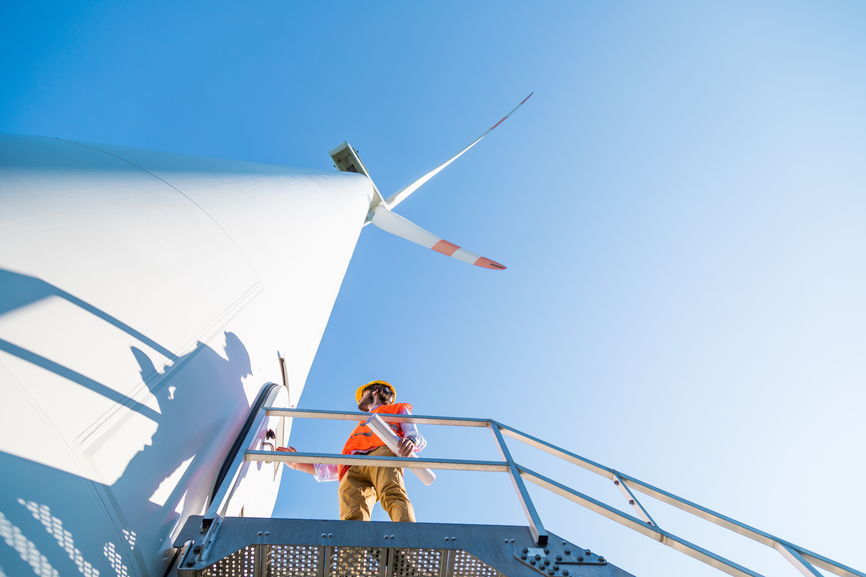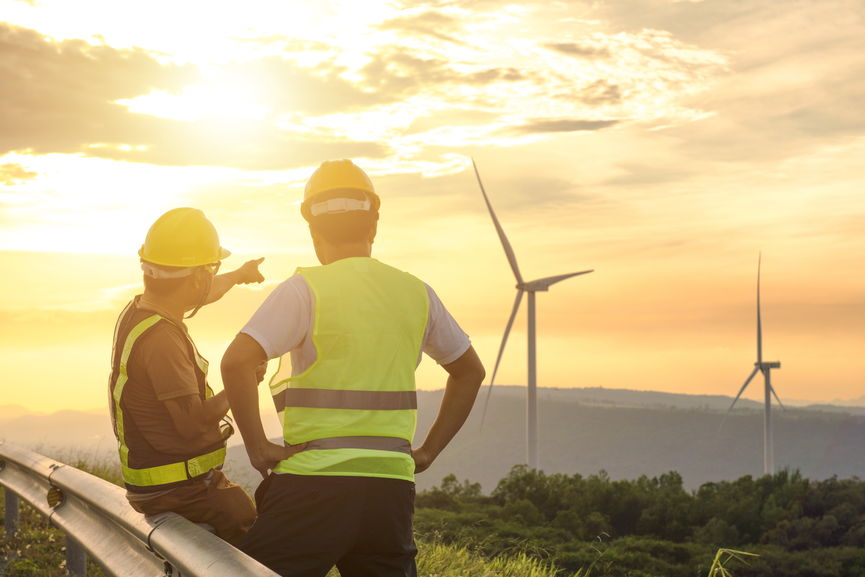The Selection of a Suitable Maintenance Strategy for Wind Turbines

Wind turbines are expensive investments and for them give you a high return on investment, they need to be well-maintained. It is also important to choose a suitable maintenance strategy with a low maintenance cost. Before you start servicing your wind turbines, here are some things to consider:
What is done during turbine maintenance?
Although turbine maintenance differs from turbine to turbine, here is a list of the typical steps:
- Change oil, belts, bearing lubrication and air filters
- Test and realign shaft and hydraulic components
- Inspect leakages and cracks
- Torque tower bolts
Failure-based wind turbine maintenance
Failure-based maintenance involves using the wind turbine until it fails. There are no scheduled repairs or services before the failure.
Condition-based maintenance
Condition-based maintenance relies on predicting when a malfunction will occur. When a problem is noticed, then a repair is scheduled before the wind turbine actually malfunctions. In the U.S., the cost of operations and maintenance on wind farms in 2016 ranged between $42,000 and $48,000 per MW. It is important for wind farms to be kept in working condition to streamline these high costs.
Scheduled maintenance
Scheduled or time-based wind turbine maintenance keeps your wind turbines performing optimally.
How is this done?
Technicians keep the moving components of the wind turbine lubricated, including gearboxes and bearings. Your technician should do this 2–3 times a year.
With scheduled maintenance, your wind turbines are less likely to fail because there is always a scheduled service or repair.
At Anemoi, we ensure that our maintenance checklist provides all the essential information for safe maintenance, cleaning, inspections, testing and replacement tasks that are necessary to ensure the proper operation of generators and associated equipment. We only let highly-qualified technicians and engineers perform on your wind turbines, whether they are residential wind turbines or on wind farms. For more information on wind turbines maintenance and wind turbine services, contact Anemoi today.








